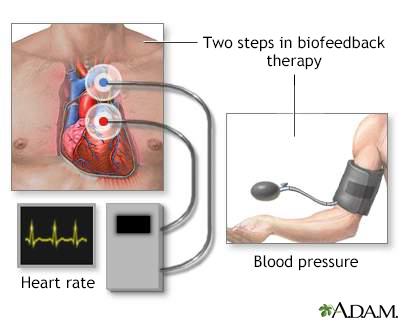Unlocking the Mysteries of the Brain Through qEEG Cerebral Mapping Techniques in Mental Wellness Assessment
Unlocking the Mysteries of the Brain Through qEEG Cerebral Mapping Techniques in Mental Wellness Assessment
Blog Article
Understanding the individual brain is a challenging endeavor, particularly when it comes to mental health. Conventional methods of assessment often depend on interviews and questionnaires, which can occasionally overlook important details about how the brain functions. This is where quantitative electroencephalography, or qEEG, comes into the picture. qEEG is a specific technique that measures electrical signals in the brain. By analyzing these brainwaves, mental health experts can gain important insights into a person's psychological condition, aiding to improve diagnosis and intervention.
qEEG functions by placing small electrodes on the head to record neural activity. These electrodes measure electrical impulses produced by nerve cells, the cells in the brain that interact with each other. The information collected is then processed and presented as a set of waveforms. Each type of neural wave—such as α, beta, δ, and theta—corresponds to various mental conditions and functions. For example, α oscillations are often associated with relaxation, while beta oscillations are linked to engaged cognition and problem-solving. By examining these trends, healthcare providers can identify irregularities that may indicate mental health concerns.
One of the major advantages of qEEG is its capability to offer objective data. In contrast to traditional assessments that rely on subjective accounts from clients, qEEG provides a distinct view of neural function. This objectivity can help reduce prejudices in assessment and result to more precise treatment strategies. For example, if a client is experiencing see this site anxiety, qEEG can reveal particular patterns of neural function that are linked with stress disorders. This information enables psychological health professionals to tailor interventions more effectively, whether through therapy, medication, or alternative approaches.
Additionally, qEEG can be especially beneficial in tracking intervention advancement. By performing qEEG assessments at various stages during treatment, healthcare providers can monitor changes in brain activity over time. This ongoing evaluation helps determine whether a treatment is effective or if modifications are required. For instance, if a client is not responding to a specific treatment, qEEG may show that their brain function has not changed in a manner that suggests progress. This response cycle can result to more personalized and effective mental health treatment.
In summary, qEEG cerebral mapping is a potent instrument in the domain of mental health assessment. By providing objective data about brain function, it enhances the understanding of various mental health conditions. This method not only assists in precise assessment but also helps in tracking intervention success. As psychological health experts persist to investigate the capabilities of qEEG, it possesses potential for enhancing the lives of individuals dealing with mental health issues. With ongoing research and advancements in technology, the secrets of the brain may turn clearer, resulting to better outcomes for those in need of support.